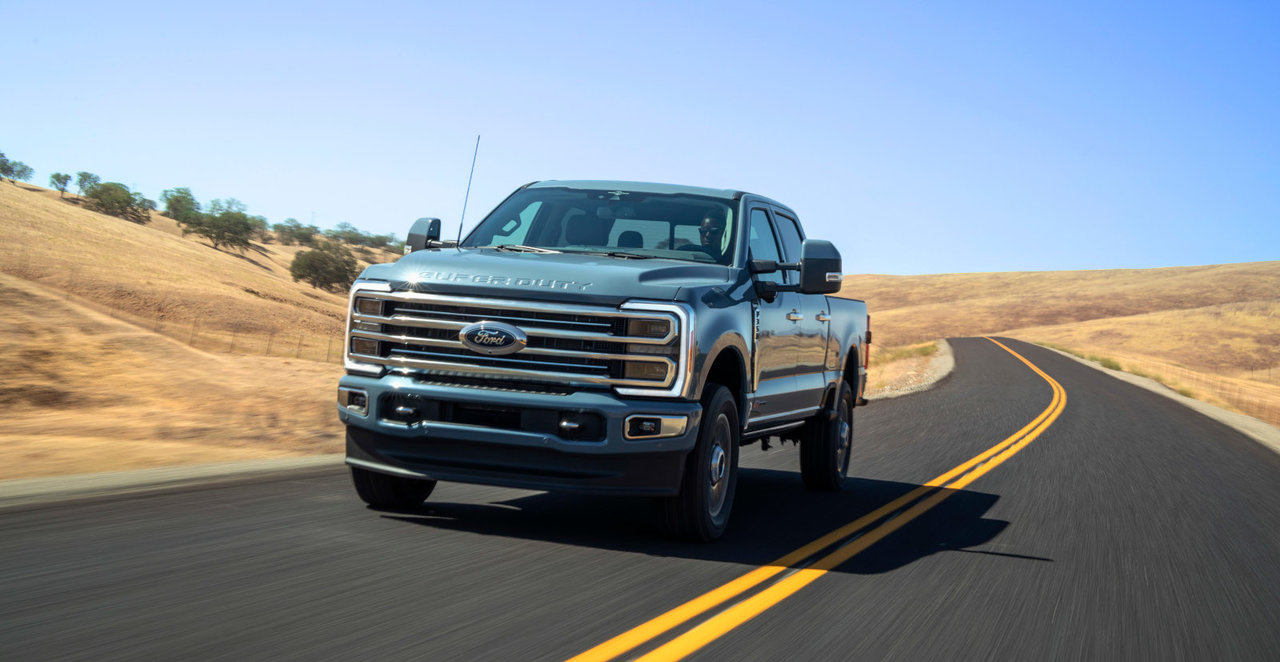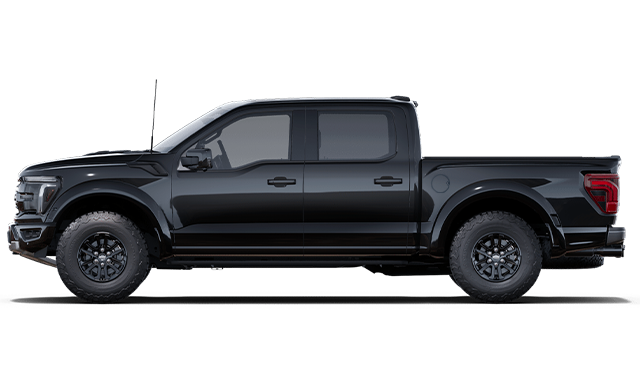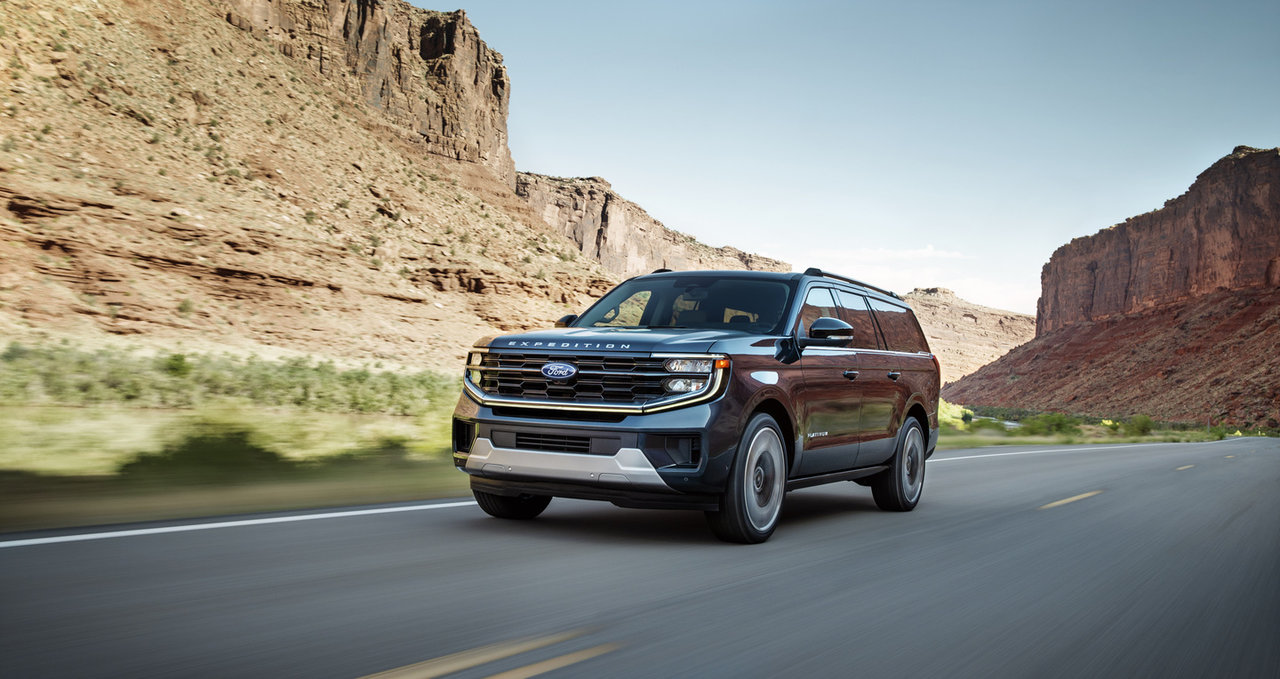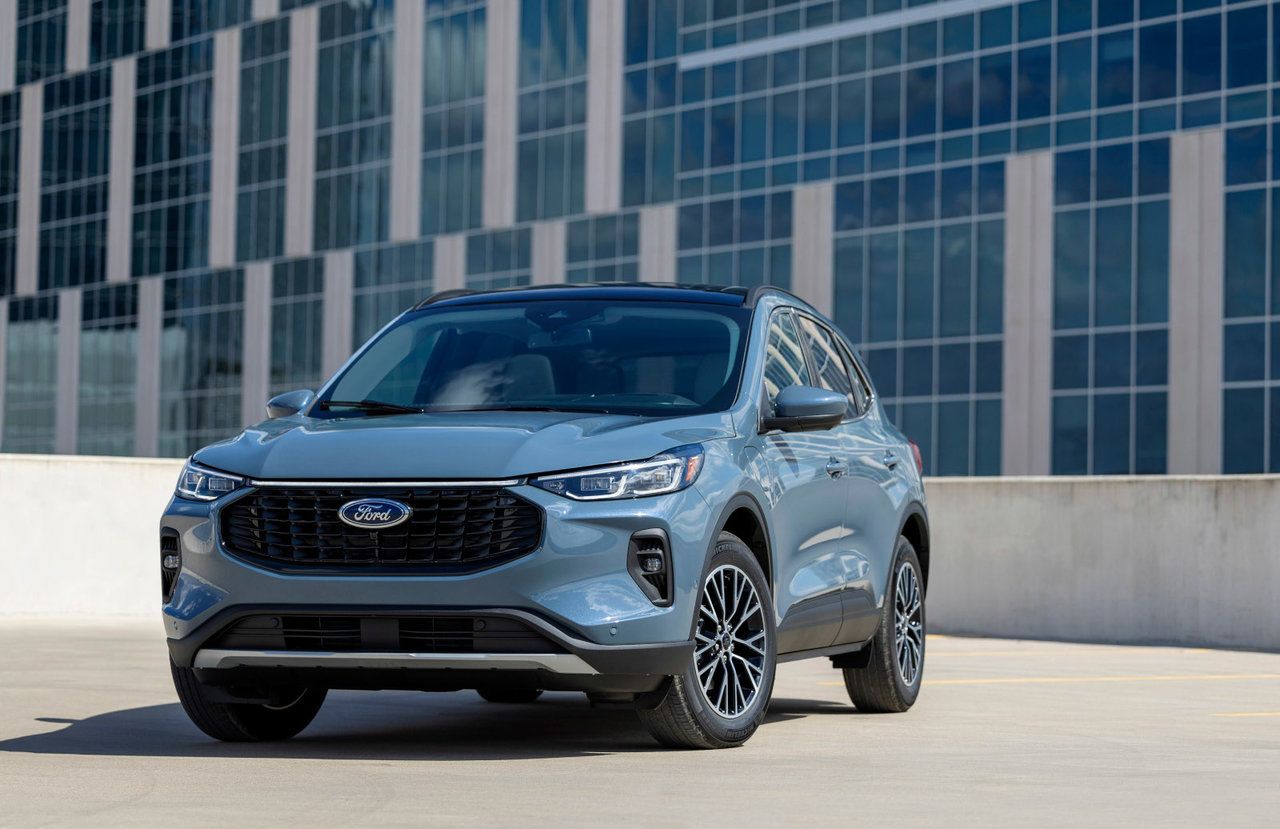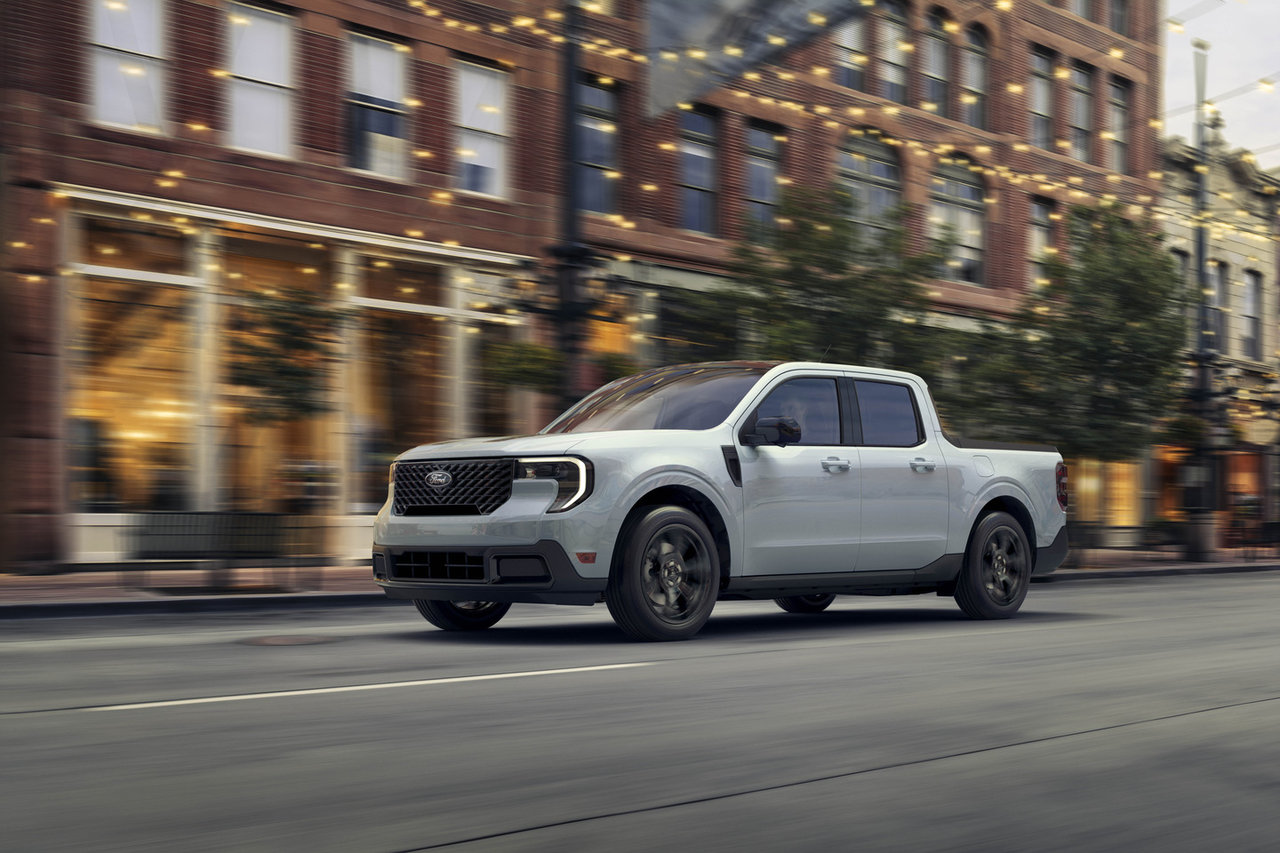Choosing between the F-150 and Super Duty lines often comes down to understanding your actual hauling and towing needs. While both trucks handle daily driving around Nova Scotia with confidence, they serve different purposes when serious work begins. The F-150 excels at versatile personal and light commercial use, while Super Duty models tackle the heaviest jobs that would strain lighter trucks.
Your decision hinges on an honest assessment of your heaviest loads and most demanding tasks. A weekend boat launch differs significantly from hauling a loaded horse trailer to Cape Breton, just as moving furniture for friends requires different capability than operating a landscaping business in the Annapolis Valley.
Towing Capacity Reality Check
The F-150's maximum towing capacity reaches 13,500 lbs when properly equipped with the 3.5L EcoBoost V6 engine, which handles most recreational and light commercial needs around Nova Scotia. This capacity covers travel trailers, boat combinations, equipment trailers, and small horse trailers used for personal recreation.
Super Duty trucks begin where F-150 capabilities end. The F-250 delivers up to 20,000 lbs conventional towing, while F-350 models reach 26,700 lbs conventional or 32,500 lbs when using fifth-wheel or gooseneck hitches.
|
Truck Model
|
Max Conventional Towing
|
Fifth-Wheel/Gooseneck Towing
|
|
F-150 (3.5L EcoBoost)
|
13,500 lbs
|
Not recommended
|
|
F-250 (6.7L Diesel)
|
20,000 lbs
|
18,500 lbs
|
|
F-350 SRW (6.7L Diesel)
|
26,700 lbs
|
32,500 lbs
|
|
F-350 DRW (6.7L Diesel)
|
27,000 lbs
|
35,000 lbs
|
The difference becomes critical when towing becomes a regular part of your routine rather than occasional recreation. Commercial operators, serious horse owners, or anyone regularly hauling construction equipment will find Super Duty trucks provide the safety margin needed for confident operation.
Payload Capacity for Real Work
Payload capacity—the weight you can carry in the truck bed—often determines truck choice more than towing numbers. The F-150's maximum payload reaches 2,440 lbs, suitable for construction materials, firewood, or recreational equipment typical of personal use.
Super Duty trucks offer significantly higher payload capacity, with F-250 models carrying up to 4,270 lbs and F-350 Single Rear Wheel models reaching 7,640 lbs. F-350 Dual Rear Wheel configurations can handle over 7,500 lbs in the bed alone.
Payload Comparison for Common Loads:
- Landscaping supplies (soil, mulch, stone): F-150 handles residential quantities; Super Duty needed for commercial volumes
- Construction materials (lumber, roofing): F-150 works for home projects; Super Duty required for job site deliveries
- Firewood transport: F-150 adequate for personal use; Super Duty necessary for wood dealers
- Equipment hauling: F-150 suitable for personal ATVs/snowmobiles; Super Duty needed for commercial mowing equipment
The gap widens when combining towing and payload—carrying tools and materials while pulling a trailer quickly approaches F-150 limits but remains within Super Duty capabilities.
Engine Options and Fuel Considerations
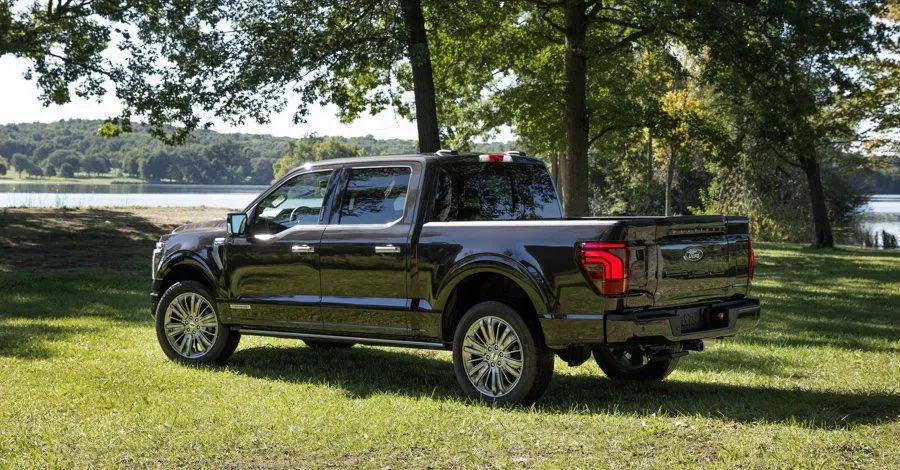
F-150 offers six engine choices optimized for different balance points between power and efficiency. The base 3.5L V6 provides adequate power for light duty, while the 3.5L EcoBoost delivers maximum towing capability. The 3.5L PowerBoost hybrid combines strong towing with improved fuel economy and onboard power generation.
Super Duty trucks focus on maximum capability through fewer, more specialized engines. The 6.7L Power Stroke diesel provides peak towing and payload capacity with the torque characteristics needed for heavy loads. The 7.3L gasoline V8 offers lower purchase cost and simpler maintenance while still delivering serious capability.
Engine Recommendation Guide:
- F-150 2.7L EcoBoost: Daily driving with occasional light towing
- F-150 3.5L EcoBoost: Maximum F-150 capability for regular towing
- F-150 PowerBoost Hybrid: Towing with improved fuel economy and Pro Power Onboard
- Super Duty 7.3L Gas: Heavy work with gasoline simplicity
- Super Duty 6.7L Diesel: Maximum towing/payload with diesel efficiency
Fuel economy differences reflect the trucks' different missions. F-150 models prioritize efficiency for daily driving, while Super Duty trucks optimize for capability even when that means higher fuel consumption.
Daily Driving and Comfort Differences
F-150 models ride and handle more like large SUVs, with suspension tuning that prioritizes comfort during unloaded driving around town. The truck feels manageable in grocery store parking lots and comfortable during highway cruising to Halifax or Charlottetown.
Super Duty trucks use stiffer suspensions designed to control loaded weight. This results in a firmer, more work-truck-like ride when empty but maintains stability and control when carrying or towing heavy loads that would overwhelm lighter trucks.
Interior and Technology Comparison:
- Both lines offer similar SYNC 4 infotainment systems
- Both include Ford Co-Pilot360 safety technology as standard
- F-150 emphasizes luxury and convenience features
- Super Duty focuses on durability and work-oriented features
- Cab sizes and configurations available across both lines
The driving experience differs most when loaded. F-150 trucks work harder and feel more strained when approaching their limits, while Super Duty models remain composed and controlled even under maximum load conditions.
Making the Right Choice for Your Needs
Choose F-150 when your heaviest regular use involves recreational towing under 10,000 lbs, occasional construction projects, or personal transportation that occasionally requires truck capability. The F-150 handles these tasks while providing better fuel economy and more comfortable daily driving.
Select Super Duty when towing exceeds 15,000 lbs regularly, when carrying commercial loads in the bed frequently, or when your work demands maximum capability. The extra capability provides safety margins that matter when loads approach limits regularly rather than occasionally.
Decision Framework:
- Recreational use with occasional heavy towing: F-150
- Regular towing over 12,000 lbs: Super Duty F-250
- Commercial use with maximum loads: Super Duty F-350
- Daily comfort priority with light truck needs: F-150
- Work-first capability with comfort secondary: Super Duty
Consider your heaviest 10% of use cases rather than typical daily driving. The truck that handles your most demanding tasks safely will serve better than one that struggles when you need capability most.
Determine which Ford truck line matches your Nova Scotia work and recreation needs. Visit Valley Ford in Kentville to compare F-150 and Super Duty models side-by-side and discuss how different engine and configuration options align with your specific hauling and towing requirements.


